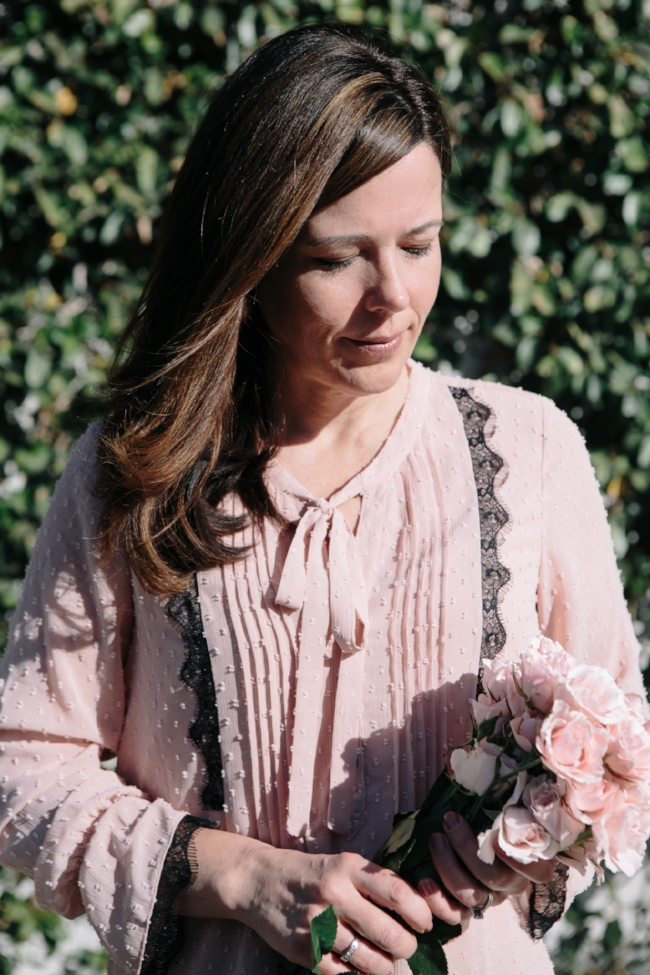It wasn’t until I arrived at Yale my freshman year that I really realized that Subway was not a “nice” restaurant.
This memory always makes me smile these days, but really, I think there was something about that surprising “Aha” I had as an 18-year-old that has stayed with me. It captures something of the widely varying perspectives we bring to food, and how those perspectives influence us.
Food is a display of our cultural backgrounds, our socioeconomic status, our values. If you and I share a meal that I love together, and my food signals something different than yours, I think we undergo something sacred, but perhaps quite fragile as well. There is a “getting to know you” going on in those moments. The capacity for both recognition and rejection is high.
For being the center around which hospitality often orbits, food can be a rather centrifugal force that flings us quite far away from one another. I think the problem is, we can forget to pay attention to just how much is at play when we eat together (or even talk about eating!). The foods we presume to have in common, and our response to that which we don’t have in common, sets the stage for how well we will recognize one another.
At the same time, what a bond comes from being able to learn we share a favorite dish or restaurant! And how vulnerable and affirming to share a favorite meal of mine with someone who has never tasted it before, knowing they are interested in it because of me.
What do your favorite food memories say about you?
Allison (Allie) Ramsey is a Marriage and Family Therapist Intern, IMF #94391, working under the professional supervision of Michelle Harwell, PsyD, MFT 50732. Allie works with individuals on a broad range of issues, including anxiety, depression, relational challenges, faith integration, divorce, and aging.




























